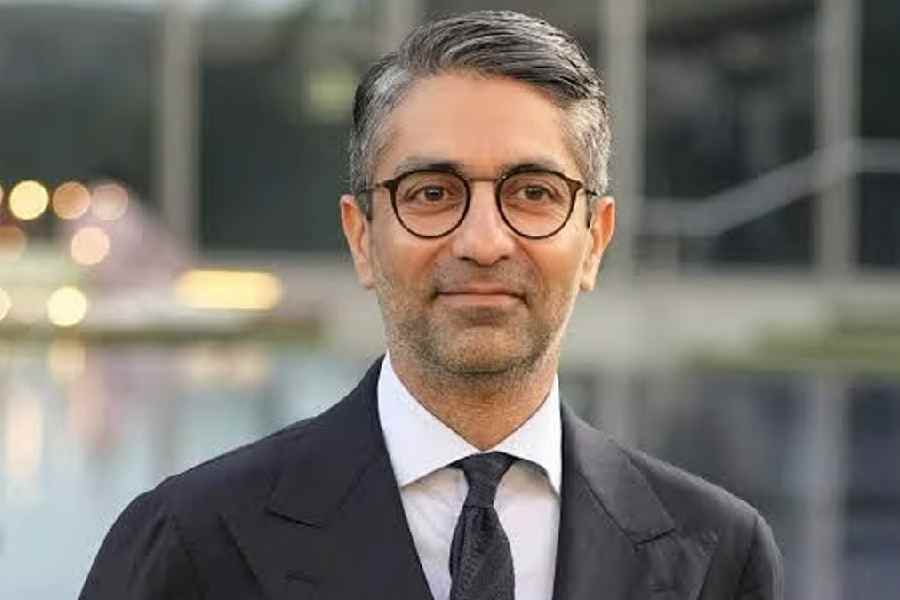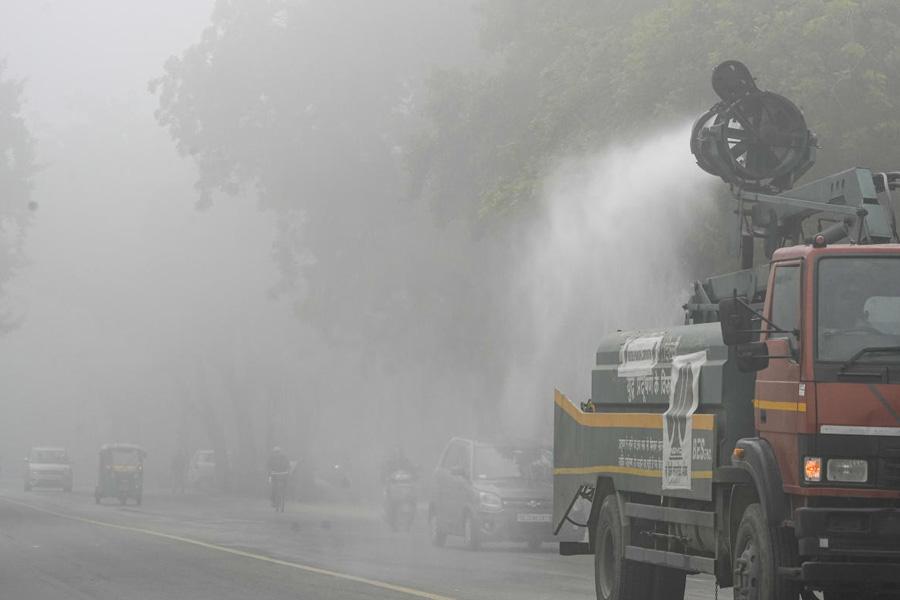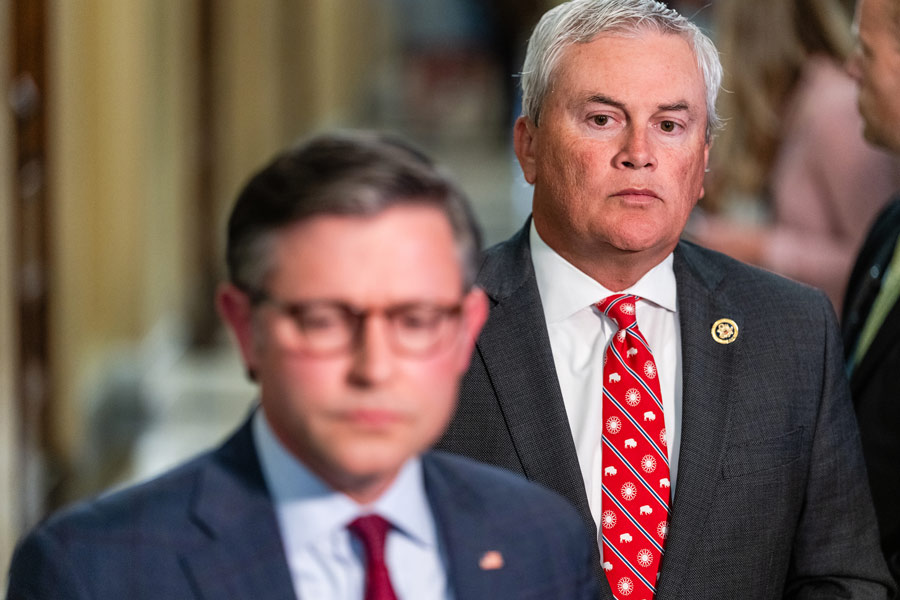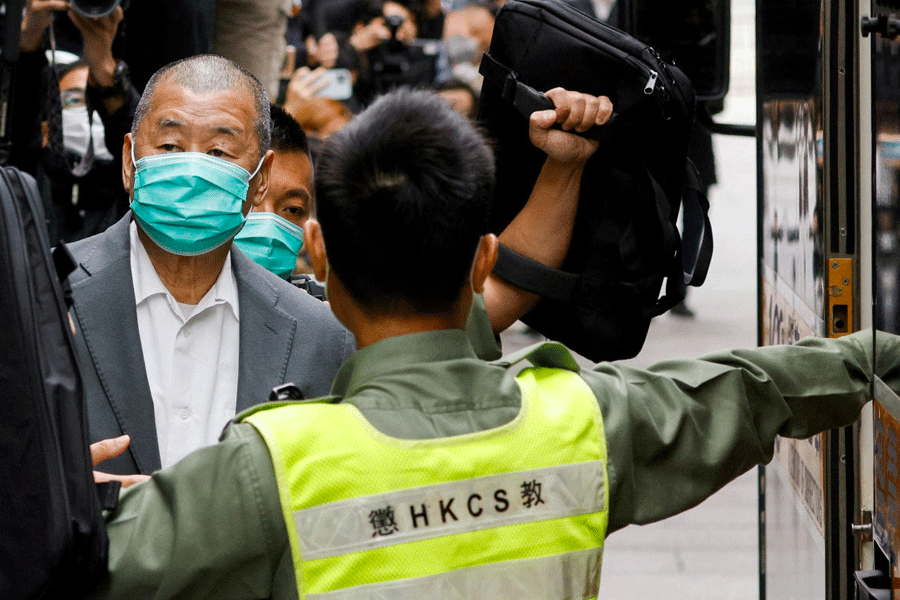 |
| RARE TRIUMPH: Discus thrower Krishna Poonia after winning a gold medal at the Commonwealth Games, 2010 |
Paris Olympics, 1900. India’s total medal tally: 2
Beijing Olympics, 2008. India’s total medal tally: 3
An additional medal in a span of 108 years is nothing to write home about. But India’s abysmal record in global games — barring the occasional cup in cricket — doesn’t surprise anybody. After all, when you think sports, you think of corrupt officials, crumbling infrastructure, frustrated players — and a host of defeats.
But now, after years of mismanagement and apathy, efforts are being made to boost sports. And some measures are in the offing.
A National Sports Development Bill is expected to come up in Parliament in its next session. If it gets enacted and implemented — there are seemingly as many detractors as there are supporters of it — India’s usual lament at the end of a tournament may turn into a cry of joy.
“This is much needed. Every organisation has to be answerable to achieve goals,” says former hockey captain Pargat Singh. Others are not so sure. “Whatever the sports bodies do should be their business and nobody else’s,” retorts Commonwealth Games (CWG) Federation president Michael Fennell.
What’s clear is that the country’s apex sports body, the Indian Olympic Association (IOA), and 35 national sports federations — for long accused of patronage, coteries and corruption — are in for a shake up.
Among other things, the Bill proposes that:
No president of the IOA or of the federations can serve more than three terms. Other office bearers can stay on for two terms. And no one can continue beyond 70 years of age.
Polling in IOA and federations will take place through secret ballot. The process will be videographed. Twenty-five per cent of all seats in sport bodies should go to prominent sportspersons.
Federations will also have to submit a long-term development plan every four years to the government.
A national sports ombudsman will address issues of sexual harassment and corruption.
Many believe that one reason Indian sports have never taken off is the fact that the federations, established to promote sports such as hockey, athletics, wrestling and football, are mostly headed by politicians and bureaucrats who have little to do with the game but have been sticking to their posts for long years.
The Archery Association of India, for instance, has been headed by V.K. Malhotra of the Bharatiya Janata Party for the past 32 years. Satish K. Sharma of the Congress has been steering the Aero Club for 24 years. CWG secretary Lalit Bhanot held the secretarial post in the Athletics Federation of India for 15 years. Former CWG chairman Suresh Kalmadi has been the IOA president for 17 years (see box).
Limiting their terms, many believe, will cleanse the system. “This is one of the first steps we have taken to do away with corruption in sports bodies,” stresses Union sports minister Ajay Maken, who mooted the bill.
Indeed, it has often been argued that some federation heads feel if they can’t be ousted, they are not accountable to anybody. And that leads to a host of negative factors.
 |
For one, slackness sets in. “And slackness is detrimental to the development of any sport,” warns former badminton champion Prakash Padukone, who thinks even three terms is too long a period for presidents.
Stagnation, adds former billiards champion Michael Ferreira, is another problem. “As one gets entrenched in one position for years, the ‘hardening of the arteries’ syndrome emerges and it becomes increasingly difficult to be nimble,” he says.
Many, on the other hand, think the proposal is undemocratic. “We strongly oppose it. This kind of bill exists nowhere in the world,” says wrestling federation president G.S. Mander, who is serving his fourth term in office.
But the move is not new. National sports guidelines introduced by the Indira Gandhi government in 1975 stated that office bearers would not be allowed to serve more than two consecutive terms. The rules, however, were flouted by federations, while the ministry looked the other way.
In 2010, then sports minister M.S. Gill issued fresh guidelines and set new norms to deal with age fraud, corruption and doping — which are now a part of the bill.
Despite all this, the bill is just one small step forward. Experts point out that unless money is poured into federations and sports — and utilised well — the medal tally in world events is unlikely to change dramatically.
The government believes it is addressing the issue of money as well. The minister points out that federations have to now prepare a four-year development plan, spelling out details of what they are doing for sponsorships, marketing and promotion, along with their plans for coaching, the development of clubs and providing facilities and equipment.
How far that’s going to help bringing in money is anybody’s guess. After all, for a game to flourish, budgets have to spill into crores of rupees. The Indian cricket industry, for instance, clocks an annual turnover of Rs 5,000 crore. That of golf is pegged at some Rs 3,000 crore, according to the Professional Golf Tour of India, an organisation that oversees the sport. But this figure includes golfing real estate development, sponsorships for apparel, equipment and accessories, besides prize money. Yet the prize money offered at golf tournaments in India is still peanuts.
And cricket really took off after private enterprise stepped in with big bucks. The last Indian Premier League round of matches fetched Rs 3,500 crore in sponsorships, advertising and prize money, according to some estimates.
Most sports outfits in India also depend on government funding, which has always been limited. The government’s sports budget dipped from Rs 3,315.67 crore last year (when Delhi hosted the Commonwealth Games) to Rs 1,121 crore this year.
And even this money tends to get lost in transit. Rahul Mehra, who filed a petition in the Delhi High Court in 2009 questioning the long tenures of federation office bearers, stresses that money often doesn’t reach the right quarters. Insiders recount numerous instances of misuse of funds: money allotted for a sport being spent on federation elections; money meant for sports funding lavish parties; sums earmarked for athletes never reaching them and so on.
“When I started my career in 1994, there was no boxing ring in Haryana,” says boxer Akhil Kumar. “We used aluminium pipes to make a temporary ring. We wore jute gloves instead of leather ones. The federation had been given the money to meet our basic needs, but we got nothing.”
Now, federations will have to submit audited financial accounts and will be answerable to Parliament.
But the BJP’s Malhotra believes the ministry is “over-stepping” its limits. “Our accounts are checked by the comptroller and auditor general of India. We are not answerable to the ministry,” he says. “We fund them, so we need to see their accounts,” retorts a senior ministry official.
A body, the government warns, can be derecognised if it fails to comply with the rules. “Upon withdrawal of recognition, the federations will not receive any assistance from the government and will have to forego the right to regulate the sport in India,” says Maken.
Already, the move is being challenged by the sports groups. The IOA posted an online response on its website, saying that sports federations were recognised by the IOC, and such recognition “cannot be subjected to recognition given by the government.”
But those on the field maintain that these provisions work only when there is talent. A former sports minister stresses that unless India discovers hidden talent at the village level — and then trains them professionally — it will never be able to come up with world-class sportspeople. China, for instance, identifies talent in schools and then provides them with world-class facilities for practice. The erstwhile Soviet Union started zeroing in on children when they were seven. If they showed talent by the time they were 10 or 11, they would be made to join one of 5,000 junior sports schools after regular classes. The most skilled young Russians were enrolled in one of 600 Olympic reserve schools.
“Catch them young should be our theme,” says the former minister. India, he says, should have a “talent identification programme” for determining potential in schools and colleges.
But identifying talent is not the same as nurturing it. Sportswomen often complain about coaches or officials who ask for sexual favours in exchange for sporting opportunities — a grouse that the government is dealing with. The bill states such complaints will be addressed by a national sports ombudsman. “We barely get a chance to communicate with federation bosses and put across our grievances. An ombudsman would certainly help,” says boxer M.C. Mary Kom.
The provision would help resolve issues such as the T.S. Ranjitha case. Last July, the hockey player publicly accused her coach and Olympian Maharaj Kishan Kaushik of sexual harassment. The case is still dragging on.
Despite all the goodies that the government has in its bag, what’s surprising is that it doesn’t take into account the Sports Authority of India (SAI), which looks after infrastructure and organises tournaments.
“Regulating sports federations will not get us anywhere. It should regulate the functioning of SAI,” says former hockey federation president K.P.S. Gill.
In fact, poor or underutilised infrastructure is the bane of sportspeople. Shooter Jaspal Rana points out that expensive sophisticated equipment is lying unused in the Karni Singh Shooting Range for want of bullets. Less than six months after the Commonwealth Games in Delhi, the range — with dirty floors and badly maintained stairs — underlines gross negligence.
Maken, however, insists that all will be well soon. Tenders are being floated for the cleanliness of stadiums. “We have also set up a consultative committee to deal with infrastructure,” he says.
Anirudh Burman of the Delhi-based Centre for Policy Research, who has been studying the bill, argues that what federations need are targets — such as the number of medals in a particular event or sport. “In the absence of targets, it is questionable what these sports bodies will finally achieve.”
Maken, however, believes that medals will follow if the reforms are put in place. “Medals are the net result of the process,” he adds.
The countdown has just begun.










